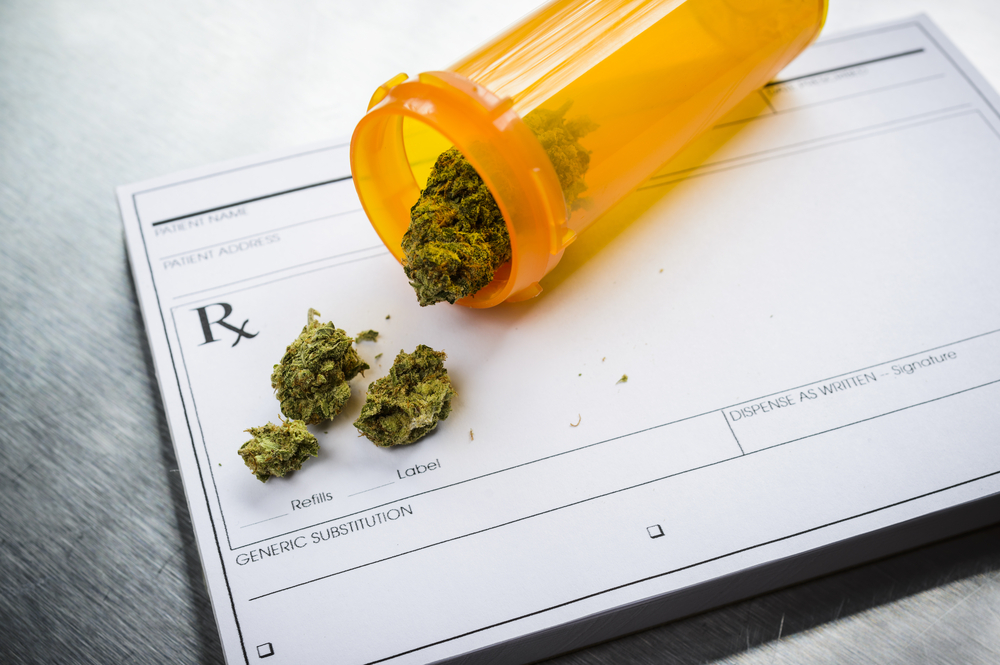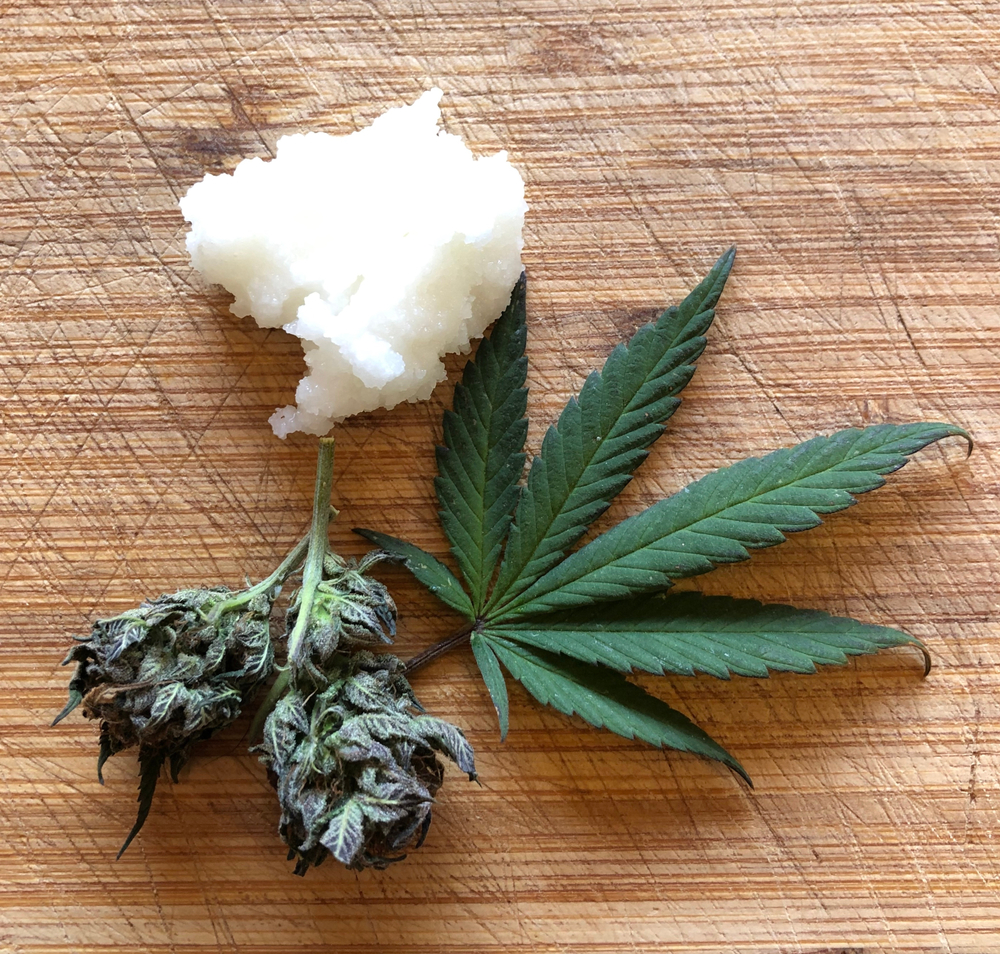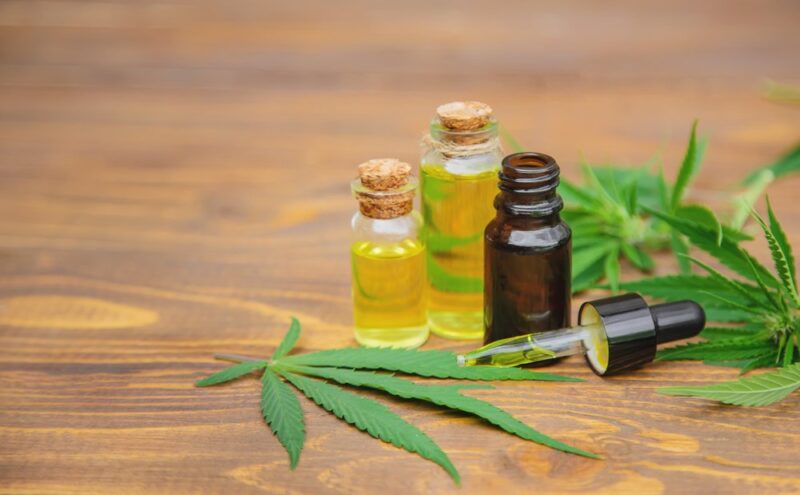Therapeutic cannabis is no longer considered a fringe treatment for medical ailments.
Because cannabis is widely available in various states in the United States for medical and recreational purposes (also, its reputation as a dangerous drug has diminished), you may find yourself thinking about its potential therapeutic benefits.
This article will explain what therapeutic cannabis is and list the various ways it could benefit seniors’ health.

What is therapeutic cannabis?
Therapeutic cannabis (also referred to as medical marijuana) often is prescribed by a cannabis doctor to help treat various ailments. Sometimes, people take cannabis in various forms without a cannabis doctor’s prescription. (Some states in the U.S. have legalized therapeutic cannabis and recreational cannabis; others have only legalized medicinal cannabis, which a patient can only obtain with a doctor’s prescription.)
According to the article “Medical Cannabis for Older Patients—Treatment Protocol and Initial Results” by Ran Abuhasira, Addie Ron, Inbal Sikorin, and Victor Novack; older adults typically use cannabis to treat chronic pain, sleep issues, and other “various symptoms” that “are not adequately controlled with evidence-based therapies.” The scholars’(1) research also notes that an increasing number of older adults now use medical marijuana, “ranging from approximately 7 [percent] to more than one-third, depending on the country.”
How therapeutic cannabis can benefit seniors’ health
1. Therapeutic cannabis can help treat a variety of symptoms seniors face
Abuhasira et al. write that seniors could “benefit from cannabis treatment for a variety of symptoms.”
These symptoms include:
Reduced appetite
Vomiting
Nausea
Agitation
Spasticity
Tremor

The scholars’ research concluded that most seniors (84.8 percent) in their study of 122 patients reported “some degree of improvement” from ailments while using medical cannabis.
Peter Grinspoon, MD, author of a Harvard Health Publishing blog, adds that marijuana also is a useful muscle relaxant and that “people swear by its ability to lessen tremors in Parkinson’s disease.”

2. Therapeutic cannabis can take the place of other medications
Grinspoon says that overall, in the U.S., older people tend to use medical cannabis for pain control.
“While marijuana isn’t strong enough for severe pain (for example, post-surgical pain or a broken bone), it is quite effective for the chronic pain that plagues millions of Americans, especially as they age,” Grinspoon explains. “Part of its allure is that it is clearly safer than opiates (it is impossible to overdose on and far less addictive) and it can take the place of NSAIDs such as Advil or Aleve, if people can’t take them due to problems with their kidneys or ulcers or GERD.”
3. Therapeutic cannabis could help aid mental wellness
When medical ailments diminish, mental wellness typically improves. This was the case for Anita Mataraso, 72, program director of the “medical marijuana education and support club” at Rossmoor Walnut Creek, a retirement community.
“I would be in a lot worse shape if I wasn’t using cannabis, both physically and mentally,” Anita said to the New York Times. The article details that she uses “marijuana daily for arthritis and nerve pain, among other ailments.”

4. Therapeutic cannabis is no longer considered taboo by seniors
An article from UC San Diego Health (which references and interviews the authors of the study, “Cannabis: An Emerging Treatment for Common Symptoms in Older Adults“) reveals that many first-time cannabis users are seniors.
“Surprisingly, we found that nearly three-fifths of cannabis users reported using cannabis for the first time as older adults. These individuals were a unique group compared to those who used cannabis in the past,” Kevin Yang, co-author of the study, said to UC San Diego Health.
5. Therapeutic cannabis comes in various forms
Yang adds that these “New users were more likely to use cannabis for medical reasons than for recreation” and that “The route of cannabis use also differed.” These new cannabis users were more likely to use the drug topically (lotion). “Also, they were more likely to inform their doctor about their cannabis use, which reflects that cannabis use is no longer as stigmatized as it was previously,” Yang explains.
This antidote in the New York Times piece illustrates the Yang et al. research:
“Ruth Brunn finally said yes to marijuana. She is 98.
She pops a green pill filled with cannabis oil into her mouth with a sip of vitamin water. Then Ms. Brunn, who has neuropathy, settles back in her wheelchair and waits for the jabbing pain in her shoulders, arms and hands to ebb.
‘I don’t feel high or stoned,’ she said. ‘All I know is I feel better when I take this.’”
A recent Forbes by piece discussed that some seniors are beginning to embrace cannabis edibles (gummies, cannabis coconut oil, sweets, etc.) because they are discreet to use, easy to take, and the dose can be easy to “control.” However, the article warns that sometimes, “finding the appropriate dosage of an edible, particularly for older adults, can be tricky.” So, if you’re considering using cannabis edibles and this is your first time, it might be wise to contact your cannabis doctor before use.
However, once you know the correct dosing for you, you can make different cannabis edibles via infusion. One popular option is cannabis coconut oil. For example, this Forbes piece details that seniors can easily create cannabis coconut oil at home via home infusion with the Levo kitchen infuser. “This top-of-the-line kitchen countertop appliance will infuse hemp, cannabis or oregano for that matter into the oil, butter, coconut oil or other carrier oil of your choice, at settings that optimize the final outcome,” the article explains.

How to talk to your doctor about medical cannabis
“Many patients find themselves in the situation of wanting to learn more about medical marijuana, but feel embarrassed to bring this up with their doctor,” Dr. Smita Patel, a triple board-certified physician in neurology, sleep medicine and integrative medicine, and founder of iNeuro Institute, explains
“Doctors’ didn’t learn about marijuana in medical school, they don’t know how to prescribe it, there are many forms you can obtain and we don’t have rigorous studies and ‘gold standard’ proof of the benefits and risks of medical marijuana. This makes the medical community as a whole, overly dismissive of cannabis. However, this doesn’t mean they don’t want to learn. If cannabis can be changed from Schedule I to Schedule II this would encourage or allow more scientists to investigate the safety and potential benefits.”
Dr. Patel adds that sometimes, doctors who practice integrative medicine, a healing-oriented medicine that “takes account of the whole person, including all aspects of lifestyle,” are often more open to talking about cannabis. “Integrative medicine makes use of all appropriate therapies, you may find integrative medicine physicians are more accepting of cannabis,” she adds.
Dr. Patel also suggests talking with a doctor about cannabis use for your safety.
–
(1) The Increasing Use of Cannabis Among Older Americans: A Public Health Crisis or Viable Policy Alternative?
Kaskie B, Ayyagari P, Milavetz G, Shane D, Arora K
Gerontologist. 2017 Nov 10; 57(6):1166-1172.

